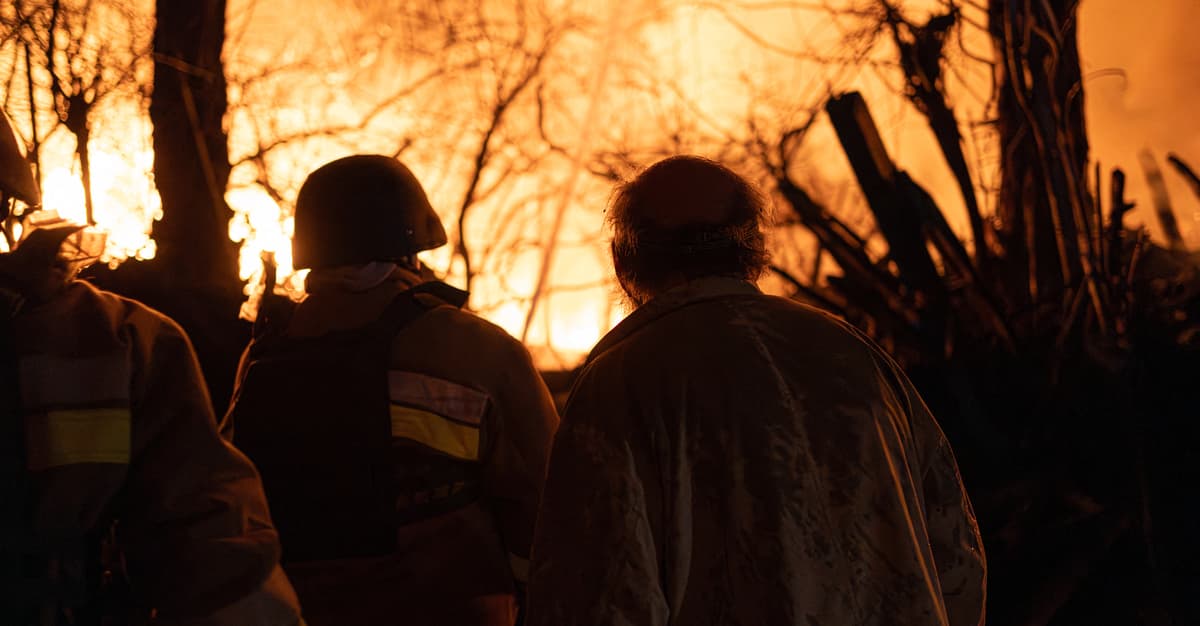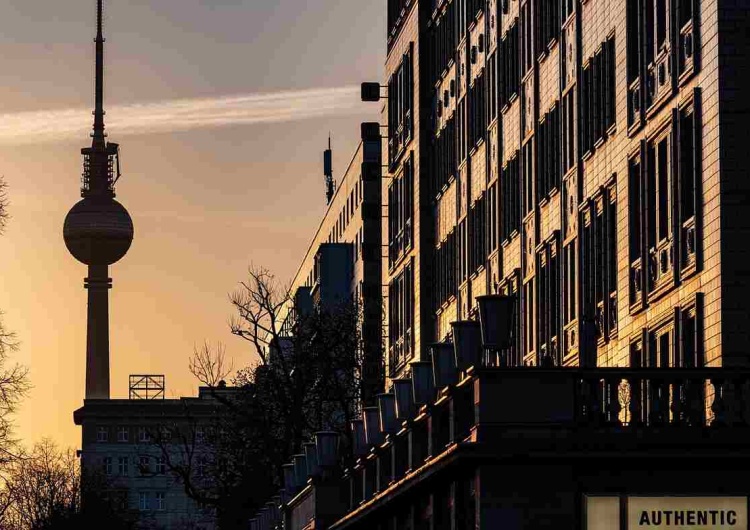Как становится ясно с каждой дополнительной неделей с момента ее начала, нынешний украинский набег в западную российскую область Курска, который начался 6 августа 2024 года, не был незначительным инцидентом. Неожиданная операция Киева на государственной территории РФ может изменить характер войны. Нападение Украины является новым и значительным событием, по крайней мере, в пяти направлениях.
Новые качества войны с 6 августа
Во-первых, это классическое военное наступление, осуществляемое в больших масштабах официальными вооруженными силами Украины. Предыдущие налеты пехоты на российскую государственную территорию осуществлялись небольшим и полурегулярным Легионом Свободной России и Российским добровольческим корпусом, состоящим из российских граждан, воюющих на стороне Украины. Недавнее вторжение в Россию, напротив, осуществляется крупными и регулярными механизированными и объединенными украинскими войсками.
Это различие актуально как в практическом, так и в символическом плане. Нынешнее наступление не является, как и предыдущие проукраинские российские бойцы, ограниченным и коротким вторжением в Россию. Это крупная украинская военная операция с привлечением значительного количества личного состава и использованием широкого спектра вооружений.
Предыдущие атаки «Легиона свободной России» и «Русского добровольческого корпуса» также смущали Москву. В конце концов они представляли собой лишь короткие игольчатые уколы из небольших военизированных формирований с ограниченным вооружением. Сейчас регулярная украинская армия во многом делает с Россией то, что российская армия делает с Украиной с 2024 года. Символика этого нового развития высока, по крайней мере, для украинцев, русских и других восточноевропейцев.
Во-вторых, первые недели украинского наземного нападения на Россию были неожиданно успешными для Киева. Украинским войскам удалось быстро занять более 300 квадратных километров стратегически важной территории, потеряв при этом на начальном этапе лишь ограниченное количество своих солдат и техники. Украинские войска захватили многочисленные населенные пункты, в том числе административный районный центр Суджи.
Несмотря на то, что Суджа был всего лишь небольшим городом с населением около 5000 человек, он оставался там до 6 августа. Важно для российской армии как логистического узла. В поздний царский период Суджа была в основном украиноязычным поселением. В 1918 году Суджа около месяца была первой столицей зарождающейся Украинской Советской республики.
В Судже также находится счетная станция «Газпрома», через которую осуществляется вся оставшаяся на суше транспортировка природного газа в Европейский Союз. Этот факт, по-видимому, вызвал нервную реакцию на европейских рынках, где цены на газ резко выросли с начала августа. Однако опасения, стоящие за такими походами, кажутся необоснованными.
Газ, перекачиваемый через Суджу, в течение всей войны с 2014 года непрерывно течет через Украину в Словакию и оттуда далее в Центральную Европу.. И Москва, и Киев до сих пор были и, вероятно, будут по-прежнему, по крайней мере до конца этого года, коммерчески заинтересованы поддерживать оставшуюся торговлю газом между Россией и ЕС. Это означало и может также означать в обозримом будущем, что военные разработки вокруг транспортной инфраструктуры «Газпрома» — будь то на украинской или российской государственной территории — не создают по определению препятствий для взаимовыгодных потоков газа.
Еще три особенности вторжения Украины
В-третьих, украинское вторжение в Россию привело к самой быстрой смене линии фронта с момента последнего украинского нападения на контролируемую Россией территорию в Харьковской области Украины осенью 2022 года. До недавнего времени все российские и украинские территориальные приобретения или потери с тех пор были медленнее и менее значительными, чем нынешние. Впервые за долгое время карта фронта между Россией и Украиной выглядит существенно иначе.
В-четвертых, вторжение Украины в Курск можно рассматривать как запоздалое осуществление широко обсуждаемого украинского контрнаступления, которое застопорилось в 2023 году. Год назад украинское ответное нападение было безуспешно предпринято на украинской земле, в то время как сейчас оно, по крайней мере, первоначально, более успешно предпринято на российских землях. На удивление быстрое и относительно глубокое вторжение украинских войск в западную Россию привело к тому, что война превратилась в войну движения.
В-пятых, и, возможно, самое главное, с вторжением в Курск сухопутная война между Россией и Украиной перешла от конфронтации, почти исключительно разыгрываемой на украинской территории, к конфронтации, которая теперь ведется на законных государственных территориях обеих стран. Вторжение стало для Кремля источником смущения и отвлечения. Это будет особенно важно, если наступление Украины на Россию окажется не только коротким эпизодом, но и станет затяжным явлением. В таком случае переориентация Киевом оборонительной войны против России на свою территорию будет иметь как парадигмальный, так и стратегический, а не только оперативный или тактический смысл.
Новые вызовы Кремля
Для Москвы новая украинская стратегия, даже с ее ограниченными достижениями, усложняет дальнейшее планирование и ведение экспансионистской войны России против Украины. В связи с тем, что происходит с 6 августа, России придется держать и размещать больше войск самостоятельно, а не на государственной территории Украины. Обращение вспять, предотвращение и сдерживание нынешнего Курска и возможных других украинских контратак на российской земле стало новой стратегической задачей для генштаба России.
В качестве инструмента внешней политики Москвы российские вооруженные силы до недавнего времени были сосредоточены в основном на борьбе за иностранные земли, будь то в Молдове, Грузии, Сирии, Украине или других странах. Этот исключительно наступательный, интервенционный или ирредентистский период развертывания вооруженных сил России против внешних врагов закончился. На смену ей приходит новая задача, сочетающая оборону российской государственной территории с экспансионистскими операциями на постсоветском пространстве.
Новые намерения Киева
Для Киева вторжение в Курскую область является, прежде всего, отвлекающим маневром, призванным связать войска, которые в противном случае атаковали бы, разоряли и терроризировали Украину. Более того, украинская мотивация атаки могла повлиять на внутренние и внешние дела России. Киев, очевидно, пытается подорвать политическую репутацию Кремля, пропагандистскую стратегию и информационную политику как среди российского населения, так и международного сообщества.
Киев надеется, что различные российские плановые, оперативные и логистические провалы, которые привели к украинским военным успехам на российской земле, станут проблематичными для позиции Путина в российской политической элите и пророссийских группах по всему миру. Большая часть внутренней и международной поддержки Путина в меньшей степени обусловлена влечением к идеологии путинизма или серьезной верой в российские нарративы об угрозах расширения НАТО, «украинском фашизме», западной подрывной деятельности и т.д. Вместо этого он был информирован циничным уважением к очевидному успеху безжалостного, нигилистического и, казалось бы, эффективного внутреннего и внешнего поведения Путина. Неожиданно глубокое и до сих пор успешное украинское вторжение и внезапный неудачный образ Москвы по отношению к Киеву создают среди некоторых из этих аудиторий когнитивный диссонанс.
Нападению на Украину удалось проиллюстрировать неожиданную стратегическую неспособность России, административные недостатки и материальные слабости. Эти недостатки уже стали очевидными в 2022 году во время неудачной российской атаки на Киев весной и успешной украинской контратаки в Харьковской и Херсонской областях осенью. Нынешняя украинская операция вновь подрывает популярный нарратив о якобы непобедимости и превосходстве России - мираж, часто распространяемый в защиту русского народа. Зигфриден (победительский мир) с украинскими территориальными уступками, чтобы закончить войну.
Выводы
Новое наступательное и рискованное поведение Украины в войне является не столько реакцией на агрессию России, сколько результатом более чем 30-месячного задержания или отсутствия международной помощи Киеву. Аннексия Ираком Кувейта в 1990 году была быстро отменена международной коалицией в течение года. В 1990-х годах ирредентизм Сербии после некоторых колебаний был решительно подавлен миссией НАТО. В отличие от этого, международная поддержка украинского государства уже более 10 лет является не только косвенной, но и сомнительно слабой. Это было несмотря на такие скандальные события, как аннексия Крыма Россией в марте 2014 года или крушение рейса MH-17 Malaysian Airlines с 298 гражданскими лицами, включая 80 детей, на борту, в июле 2014 года.
Западные экономические санкции против России и ее военных, а также другая поддержка Украины стали, правда, еще более значительными с 2022 года. Тем не менее, они остаются и остаются крайне недостаточными для защиты территории Украины, граждан и инфраструктуры от нападения России. Хуже того, многие страны так называемого Глобального Юга косвенно подпитывают войну уничтожения России через свою торговлю с агрессором. В свою очередь, западные решения в поддержку обороны Украины принимаются медленно, нерешительно и половинчато. После двух с половиной лет смерти и страданий Киев теперь хочет коренным образом изменить контекст.
В дальнейшем Киев будет и впредь пытаться различными способами продемонстрировать международной аудитории, что развитие и окончание войны остаются открытыми и что предположение о неоспоримом превосходстве России вводит в заблуждение. Более широкий геополитический контекст этой украинской стратегии связан с возможными переговорами с Кремлем по территориальным вопросам. Это также может быть подготовка к более крупным многосторонним переговорам, таким как запланированная вторая международная конференция по войне после Саммита мира в июле 2024 года в Швейцарии.
Помимо озвучивания моральных, нормативных и правовых аргументов, Киев может - если ему удастся удержать захваченные российские земли - теперь следовать новому подходу. Как в общении с Москвой, так и в более широкой международной аудитории руководство Украины может сделать транзакционные предложения, предполагающие обмен захваченных российских земель на аннексированную украинскую территорию.
Безусловно, новый подход Киева опасен как для украинской, так и для международной безопасности. Украинское вторжение в Россию с 6 августа 2024 года является, по словам Владимира Путина, «крупномасштабной провокацией». Однако те международные наблюдатели, которые согласны с определением Путина, должны, прежде всего, винить в ограниченном или отсутствующем интересе своих стран к суверенитету и целостности Украины. Именно недостаточный уровень иностранной помощи заставил Киев перейти с оборонительной позиции на наступательную.
Какими бы ни были результаты нынешней операции в Курской области, Киев будет продолжать искать слабые места по всему периметру контактов с российским государством, а также его союзниками, агентами и доверенными лицами. Россия должна будет инвестировать в укрепление российско-украинской границы и уделять больше внимания другим театрам войны, чем востоку и югу Украины. Украинский набег на российскую государственную территорию деконструирует образ - внутри России и во всем мире - кажущейся статической линии фронта, стабильной группировки сил и предсказуемого хода конфликта.
Андреас Умланд Является аналитиком в Стокгольмский центр восточноевропейских исследований (ScEEUS) из числа Шведский институтМеждународные отношения (UI). Статья основана на комментарии SCEEUS.













